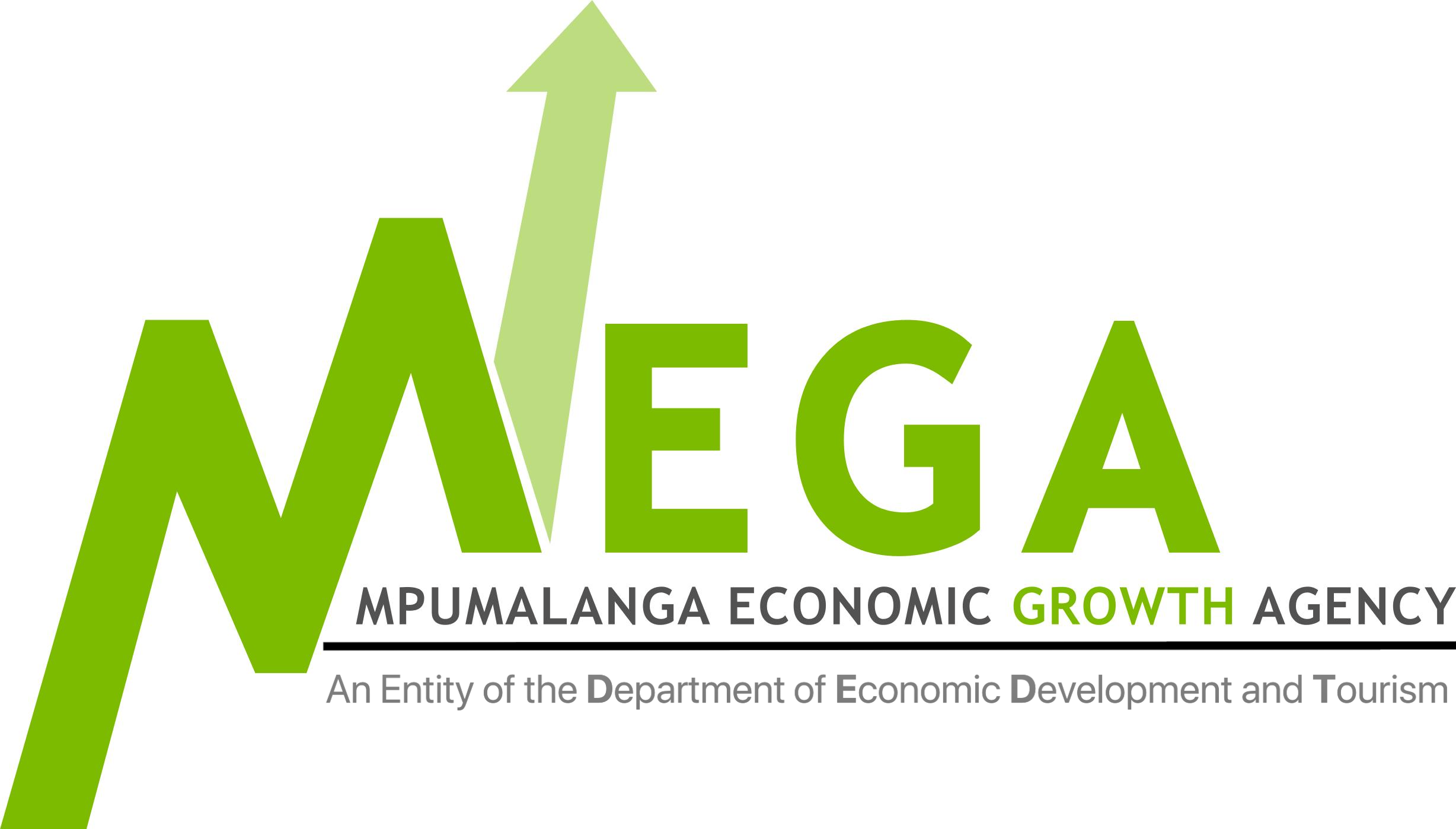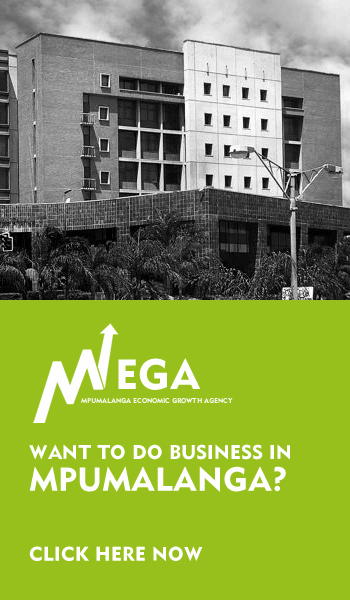WHY INVEST IN MPUMLANGA?
With a commitment to continued growth, and accelerated investment into new areas of economic development, the Place of the Rising Sun – South Africa’s Mpumalanga Province is in business mode.
While the Mpumalanga Province offers modern infrastructure and innovative technology in South Africa, new strategies aim to grow the economy of one of the country’s most picturesque provinces.
For this to happen, investment is critical. Mpumalanga through its economic growth agency, MEGA is spearheading several economic projects to contribute to the economic growth and development of the province.
The aim of this is to encourage more investors to build their businesses in our province.
UNIQUE SELLING PROPOSITION
• Abundant resources: minerals and agricultural produce
• Established manufacturing infrastructure: smelters, petrochemicals, food processing, paper, sugar
• Strategic location, access to regional and global markets
• Tourism hotspots: the iconic Kruger National Park, world-class reserves, adventure tourism, and new UNESCO World Heritage Site
• Mpumalanga International Fresh Produce Market (MIFPM)
• Nkomazi Special Economic Zone (NSEZ)
• The new University of Mpumalanga
• Support for Green Economy research and investment
ECONOMIC OVERVIEW
Mpumalanga is one of South Africa’s most productive and important agricultural regions. It offers an ideal climate and topography for forests, major mineral resources, formidable manufacturing capacity, and a sophisticated tourism sector.
Mpumalanga is the fourth-largest economy of South Africa and has much to offer to local and international investors. The province’s key sectors include manufacturing, mining, energy, and agriculture (which includes forestry and fishing). A significant contributor to the economy is the power-generation industry, which accounts for some 96% of the sector.
The National Development Plan (NDP) and Provincial Vision 2030 targets average national GDP growth above 5 percent up to 2030. The annual average growth rates for South Africa and Mpumalanga, from 2014 to 2019 are forecasted at 1.6 per cent and 1.7 per cent, respectively.
THE PROVINCE’S KEY SECTORS ARE:
AGRICULTURE
Agriculture in Mpumalanga is responsible for 3% of the province’s gross value added by region (GVA-R) and can be divided into the following categories (see map, right).
MINING, MINERALS AND ENERGY
Mining is the province’s largest single sector providing employment to 5.2% of the province’s workforce and making up 20% of gross value added by region (GVA-R).
FORESTRY
Forestry is a key driver for the development of Mpumalanga’s rural economy and a major provider of job opportunities. About 40% of SA’s sustainable forests are located in Mpumalanga Province.
GREEN ECONOMY AND JET
Mpumalanga has historically been at the heart of the South African energy and industrial complex and is still heavily reliant on the mining and burning of fossil fuels.
MANUFACTURING
Three primary pillars of the manufacturing sector in Mpumalanga account for more than 60% of the output of the manufacturing sector, which overall makes up 15% of gross value added, regional (GVA-R).
TOURISM
The importance of tourism to the economy of Mpumalanga cannot be overstated. The effect of the Covid-19 pandemic has been strongly felt.
OPPORTUNITIES IN MPUMALANGA: THE NKOMAZI SPECIAL ECONOMIC ZONE
The Nkomazi Special Economic Zone has been officially designated and MEGA has been appointed to establish the entity. SEZs are geographically designated areas set aside for specifically targeted economic activities that are supported through special tax incentives. An SEZ aims to be an economic development tool to promote rapid economic growth by using various support measures to attract targeted foreign and domestic investments and technology.
The main goal is to support the implementation of South Africa’s industrial development program. The NSEZ is set to provide One-Stop-Shop services, incentives, an innovation platform, a competitive and transparent market environment, and timeous and efficient responses to investors’ market requirements.


